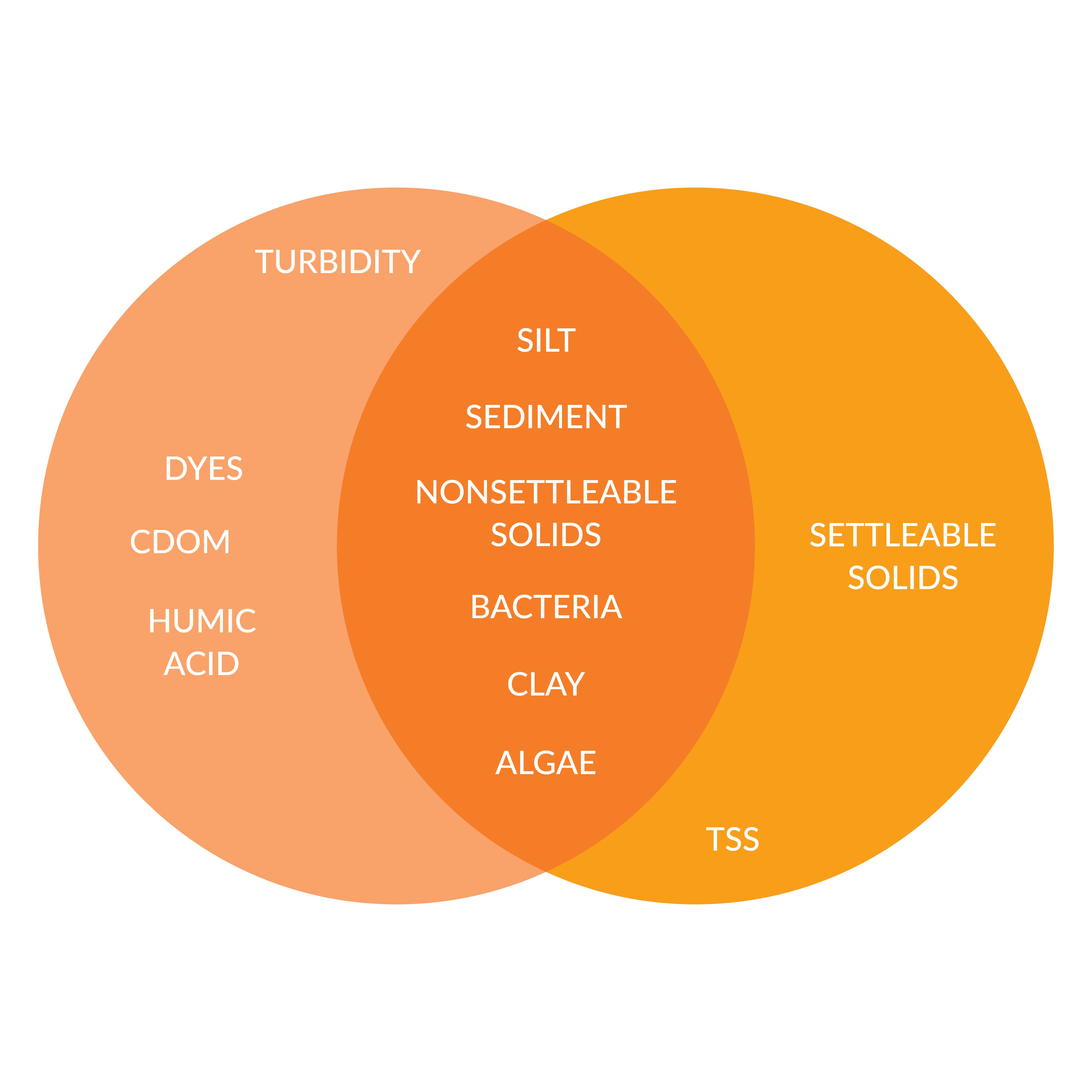
How to Handle and Preserve Samples
Non-representative particulate matter and debris such as leaves, twigs, fecal matter, insects and fish should be removed from the sample if their inclusion is not warranted.
If it is not practical to preserve samples, it is recommended that they are analyzed as soon as possible after they are collected. Refrigeration or icing to 4°C is the best method of preserving samples to prevent decomposition of the microbiological component of the suspended solids.
How to prepare the filter disc
Place the filter disc onto the membrane filter apparatus. Rinse the disc three times using 20 milliliters of water each time while applying vacuum. Once all the water has passed through the discs, continue to apply vacuum until all traces of water are removed. Remove the filter from the apparatus and place in an oven for an hour at 103-105°C to dry. Remove from the oven and store in a desiccator. Repeat the drying process until there is a constant weight (with weight loss <0.5 milligrams). Weight before use, and then only handle the filter using tongs or forceps.
Selection of Sample Volume
When using a filter of 4.7 cm in diameter, filter 100 milliliters of the water sample. If the captured filter residue weighs less than 1.0 milligrams, increase the sample volume so that at least 1.0 milligrams of residue is produced.
When using filters of other diameters, start with a water sample volume that equates to 7 mL/cm2 of the filter area and ensure that the weight of the residual matter captured is proportional to the 1.0 milligrams mentioned above.
Filtration Process Step-by-step
- Set up the filtration apparatus and start suction. Moisten the filtration disc with a small amount of distilled water so that it remains seated in the filter disc holder.
- Give the sample a good shake to agitate the suspended solids before transferring the correct volume to the filter. Once the sample has passed through the filter continue to apply vacuum until all traces of water are removed.
- With the vacuum still on, rinse the graduated cylinder, filter, non-filterable residue and filter funnel wall using three portions of distilled water, allowing the water to drain off completely between rinsing cycles. Continue to apply vacuum until all traces of water have been removed.
- Remove the filter disc from the holder and place in an oven at 103-105°C and leave to dry for at least an hour. Remove from the oven and place in a desiccator to cool before weighing. Repeat this drying cycle until a constant weight (weight loss of <0.5 mg) is obtained.
- Use the following equation to calculate the non-filterable residue:
How to Select a Filter Membrane
When choosing a filter membrane, select a membrane with an appropriate pore size suitable for the physical properties of the water sample and the suspended particles present therein. To avoid rapidly fouling the membrane, it is recommended that a filter with a larger pore size is used for water samples with a higher turbidity, while a smaller pore size can be used for clear water with a low turbidity
Source
https://www.rocker.com.tw/en/application/suspended_solid_test


![Join Sterlitech at BIO 2024 [Booth #5558]: Exploring the Future of Biotechnology](https://www.sterlitech.com/media/magefan_blog/b4.jpeg)

